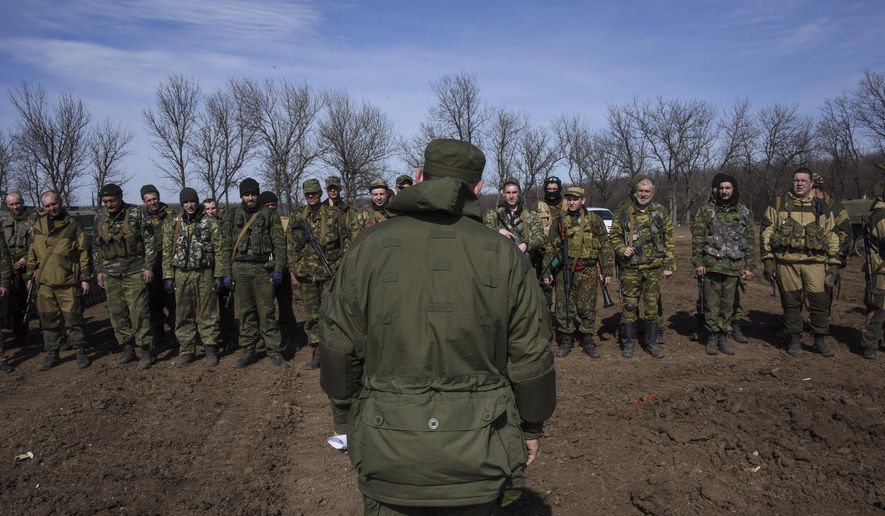Tensions between Russia and NATO are at their highest since the end of the Cold War and the two may be ramping up for armed conflict with one another, a new report said.
Rival exercises by the Russian armed forces and NATO have led to several near-miss incidents that could end up in a confrontation between the two. Leaders may need to consider a new arms control treaty to prevent a war from erupting, said a new report from the European Leadership Network, a think tank.
“We do not suggest that the leadership of either side has made a decision to go to war or that a military conflict between the two is inevitable, but that the changed profile of exercises is a fact, and it does play a role in sustaining the current climate of tensions in Europe,” the report’s authors wrote, The Telegraph reported.
The report comes as fighting in the Ukraine has intensified as British Defense Minister Michael Fallon has pledged to expand a British army training mission to Ukraine.
The report outlines how both NATO and Russia have built up their forces to respond to one another’s capabilities and potential war plans since the Ukraine crisis erupted in 2014.
“Whilst spokespeople may maintain that these operations are targeted against only hypothetical opponents, the nature and scale of the operations indicate otherwise,” the report said, The Telegraph reported.
In March 2015, Russia began conducting “snap exercises” training 80,000 troops in long-range deployments simulating combat on a scale that made the United States or NATO the only possible adversary.
Similarly, NATO’s exercise “Allied Shield” in June this year saw 15,000 troops participating in mock operations including response to a Crimea-style infiltration of irregular forces.
In both examples, the training exercises focused on what Russia and NATO perceive as their most vulnerable areas, with NATO moving to defend the Baltic States and Russia rushing reinforcements to the Arctic, its Baltic enclave of Kaliningrad, occupied Crimea, and Sakhalin island in the far east.
The authors recommend increased communication between Russia and NATO to avert near-misses in the future and suggests a new arms treaty to restrict the use of conventional forces in Europe.
“If Russia or NATO decides at some point that they want to reduce tensions, showing restraint in terms of size or scenarios used for the exercises might be a good place to start,” the report said, The Telegraph reported.
• Kellan Howell can be reached at khowell@washingtontimes.com.




Please read our comment policy before commenting.